To dig a trench with an excavator, position the machine parallel to the trench line, use the boom and stick to lower the bucket, and carefully excavate while maintaining a consistent depth and angle, periodically checking for straightness and adjusting as needed.
Excavator 101: The Ultimate Guide to Digging a Trench Like a Pro
Excavators are heavy construction equipment used for a variety of tasks, including digging trenches, foundations, and holes, as well as handling materials. They consist of a boom, dipper, bucket, and cab on a rotating platform known as the house.
The house sits on an undercarriage with tracks or wheels for mobility. Excavators are powered by hydraulic systems that enable them to perform a wide range of functions, such as digging, lifting, and dumping. They come in various sizes, from mini excavators weighing less than 1 ton to large excavators weighing over 100 tons.
Excavators are versatile machines that can be used in a variety of industries, including construction, mining, forestry, and landscaping.
When operating an excavator, it’s important to understand the basic components and functions of the machine. The operator controls the excavator using joysticks and foot pedals in the cab, which allow for precise movement and operation.
The boom and dipper are used for digging and lifting, while the bucket is used for scooping and dumping materials. The rotating platform allows the operator to maneuver the excavator 360 degrees, making it easy to access hard-to-reach areas.
Excavators are powerful machines that require skill and experience to operate safely and efficiently. Understanding the basics of excavators is essential for anyone looking to use these machines for trenching and other construction tasks.
Here’s a step-by-step guide to digging a trench with an excavator in a table:
| Step | Description |
|---|---|
| 1 | Plan and Mark: Outline the trench path using stakes and string or spray paint. |
| 2 | Inspect Site: Check for underground utilities and obstacles, and ensure safety measures are in place. |
| 3 | Position Excavator: Place the excavator parallel to the trench line for optimal reach and stability. |
| 4 | Stabilize Machine: Lower the blade for stability if the excavator has one. |
| 5 | Start Digging: Lower the boom and stick to position the bucket, and begin excavating, lifting, and dumping soil. |
| 6 | Maintain Depth: Periodically check trench depth with a measuring tool and adjust accordingly. |
| 7 | Move Along Path: Progress along the trench line, repositioning the excavator as needed to continue digging. |
| 8 | Manage Spoils: Place excavated soil (spoils) at a safe distance from the trench to prevent cave-ins. |
| 9 | Ensure Consistency: Keep trench walls vertical and the bottom level, making adjustments for soil type. |
| 10 | Safety Check: Regularly inspect the trench for stability and address any potential hazards immediately. |
Choosing the Right Excavator for the Job
When it comes to choosing the right excavator for a trenching job, there are several factors to consider. The size and type of excavator needed will depend on the size and depth of the trench, as well as the type of soil and any obstacles present on the worksite.
- Mini excavators are ideal for small to medium-sized trenches, as they are compact and maneuverable, making them suitable for tight spaces and urban environments.
- Larger excavators are better suited for larger trenches and more demanding soil conditions.
It’s important to consider the reach and digging depth of the excavator, as well as any additional attachments that may be needed, such as a trenching bucket or hydraulic hammer.
In addition to size and type, it’s important to consider the power source of the excavator. Excavators can be powered by diesel, electric, or hybrid engines, each with its own advantages and limitations.
Diesel engines are the most common and provide the power and torque needed for heavy-duty trenching, while electric and hybrid engines are more environmentally friendly and cost-effective for smaller projects.
The choice of excavator will also depend on the budget and timeline for the project, as well as the availability of equipment and operators
. Choosing the right excavator for the job is essential for ensuring efficiency, safety, and cost-effectiveness on the worksite.
Preparing the Worksite for Trenching
Before trenching with an excavator, it’s important to properly prepare the worksite to ensure safety and efficiency. This includes surveying the area to identify any underground utilities, such as gas, water, and electrical lines, as well as any other potential hazards or obstacles.
It’s essential to contact the local utility companies to mark the location of these utilities before beginning any excavation work
. In addition, the worksite should be cleared of any debris, vegetation, or other obstructions that could interfere with the trenching process. This may involve clearing trees, rocks, and other obstacles, as well as leveling the ground to provide a stable and even surface for the excavator.
Once the worksite has been cleared and marked, it’s important to establish the boundaries and dimensions of the trench. This may involve using stakes, string lines, or other markers to outline the area to be excavated. It’s also important to consider the depth and width of the trench, as well as any sloping or shoring requirements to prevent cave-ins and ensure the stability of the trench walls.
Proper worksite preparation is essential for ensuring the safety of the excavation crew and the integrity of the trench. By taking the time to prepare the worksite before trenching, you can minimize the risk of accidents and delays, as well as ensure a successful and efficient excavation process.
Safety Precautions and Best Practices
Excavating trenches with an excavator can be a hazardous task that requires strict adherence to safety precautions and best practices. Before beginning any excavation work, it’s important to conduct a thorough risk assessment and develop a safety plan that addresses potential hazards and risks.
This may involve identifying and mitigating hazards such as cave-ins, equipment rollovers, and contact with underground utilities. It’s essential to provide proper training and supervision for all excavation crew members, as well as ensure that they have the necessary personal protective equipment, such as hard hats, high-visibility clothing, and steel-toed boots.
In addition to training and personal protective equipment, it’s important to establish clear communication and signaling protocols for the excavation crew and equipment operators. This may involve using hand signals, radios, or other communication devices to ensure that everyone on the worksite is aware of the location and movement of the excavator.
It’s also important to establish a safe work zone around the excavation area to prevent unauthorized access and ensure the safety of workers and bystanders. Excavator operators should be trained to operate the machine safely and efficiently, including proper use of controls, equipment inspections, and emergency procedures.
By following safety precautions and best practices, you can minimize the risk of accidents and injuries during trenching operations and ensure the well-being of everyone on the worksite.
Operating the Excavator Like a Pro
Operating an excavator like a pro requires skill, experience, and attention to detail. Excavator operators should be trained to use the machine’s controls and functions effectively, including the boom, dipper, bucket, and rotating platform. This may involve practicing precise movements and maneuvers, such as digging, lifting, and dumping, as well as operating the machine in tight or confined spaces.
Excavator operators should also be familiar with the machine’s safety features and emergency procedures, as well as proper maintenance and care to ensure the longevity and performance of the equipment.
In addition to technical skills, operating an excavator like a pro requires good judgment and decision-making. Excavator operators should be able to assess the worksite and soil conditions, as well as identify any potential hazards or obstacles that could affect the trenching process.
This may involve adjusting the speed and force of the excavator, as well as using proper sloping and shoring techniques to prevent cave-ins and ensure the stability of the trench walls.
Excavator operators should also be able to communicate effectively with the excavation crew and other workers on the worksite to ensure a safe and efficient trenching process. By mastering the technical and practical aspects of operating an excavator, you can ensure the success and safety of trenching operations on any worksite.
Digging Techniques for Different Soil Types
Digging trenches with an excavator requires different techniques and considerations depending on the type of soil present on the worksite. Excavator operators should be familiar with the characteristics of various soil types, including clay, sand, gravel, and rock, as well as the best practices for excavating each type of soil.
Clay soil, for example, is known for its high cohesion and plasticity, which can make it difficult to excavate without proper techniques and equipment. Excavator operators should be able to adjust the speed and force of the machine to effectively break up and remove clay soil, as well as use proper sloping and shoring techniques to prevent cave-ins and ensure the stability of the trench walls.
Sand and gravel soil, on the other hand, are known for their loose and granular nature, which can pose challenges for excavation and trenching. Excavator operators should be able to adjust the speed and force of the machine to prevent the collapse of the trench walls, as well as use proper sloping and shoring techniques to ensure the stability of the excavation.
Rock soil presents its own set of challenges, as it requires specialized equipment and techniques to effectively break up and remove the rock. Excavator operators should be familiar with the use of hydraulic hammers and other attachments for breaking up rock soil, as well as proper sloping and shoring techniques to ensure the safety and stability of the trench.
By understanding the characteristics of different soil types and the best practices for excavating each type, you can ensure the success and safety of trenching operations on any worksite.
| Soil Type | Technique |
|---|---|
| Sandy Soil | Use a wider bucket to prevent collapse, dig slowly, and support trench walls with shoring if necessary. |
| Clay Soil | Use a narrower bucket to reduce sticking, apply consistent pressure, and monitor for clumping. |
| Rocky Soil | Use a rock bucket or a bucket with reinforced teeth, excavate slowly to avoid damaging equipment. |
| Loamy Soil | Use standard digging techniques, ensure proper moisture content to prevent collapse or sticking. |
| Silt Soil | Dig carefully to prevent trench wall collapse, consider using trench boxes for support. |
| Wet/Muddy Soil | Use a drainage pump to remove excess water, dig slowly, and reinforce trench walls with shoring or boxes. |
Troubleshooting Common Trenching Challenges
Trenching with an excavator can present a variety of challenges and obstacles that require quick thinking and problem-solving skills. Excavator operators should be prepared to troubleshoot common issues that may arise during the trenching process, such as equipment malfunctions, soil conditions, and unexpected obstacles.
This may involve adjusting the speed and force of the excavator, as well as using different attachments and techniques to effectively excavate the trench. Excavator operators should also be able to identify and address potential hazards, such as cave-ins, equipment rollovers, and contact with underground utilities, to ensure the safety and integrity of the trench.
In addition to technical challenges, trenching with an excavator may also present logistical and environmental challenges that require creative solutions. This may involve coordinating with other workers and equipment on the worksite, as well as addressing any environmental concerns, such as erosion control and sediment management.
Excavator operators should be able to adapt to changing conditions and unexpected obstacles, as well as communicate effectively with the excavation crew and other workers on the worksite to ensure a safe and efficient trenching process.
By troubleshooting common trenching challenges and addressing them proactively, you can minimize the risk of accidents and delays, as well as ensure the success and safety of trenching operations on any worksite.
Maintaining and Caring for Your Excavator
Proper maintenance and care are essential for ensuring the longevity and performance of an excavator. Excavator operators should be familiar with the maintenance requirements and best practices for their specific machine, including regular inspections, lubrication, and cleaning.
This may involve checking the hydraulic systems, engine, tracks or wheels, and other components for signs of wear and damage, as well as addressing any issues promptly to prevent further damage and downtime. Excavator operators should also be familiar with the proper storage and transportation of the machine, as well as any special considerations for extreme weather conditions and environmental factors.
In addition to regular maintenance, caring for an excavator also involves proper operation and use of the machine to prevent unnecessary wear and damage. This may involve using the machine’s controls and functions effectively, as well as avoiding excessive force and speed that could cause premature wear and tear.
Excavator operators should also be familiar with the proper storage and transportation of the machine, as well as any special considerations for extreme weather conditions and environmental factors. By maintaining and caring for your excavator, you can ensure the longevity and performance of the machine, as well as minimize the risk of accidents and downtime on the worksite.
Advanced Trenching Tips and Tricks
Advanced trenching with an excavator requires skill, experience, and knowledge of specialized techniques and equipment. Excavator operators should be familiar with advanced trenching tips and tricks that can improve efficiency, safety, and cost-effectiveness on the worksite.
This may involve using specialized attachments, such as trenching buckets, hydraulic hammers, and compaction wheels, to effectively excavate and finish the trench. Excavator operators should also be able to use advanced techniques, such as benching, sloping, and shoring, to ensure the stability and integrity of the trench walls, as well as prevent cave-ins and other hazards.
In addition to technical skills, advanced trenching with an excavator also requires good judgment and decision-making. Excavator operators should be able to assess the worksite and soil conditions, as well as identify any potential hazards or obstacles that could affect the trenching process.
This may involve adjusting the speed and force of the excavator, as well as using proper sloping and shoring techniques to prevent cave-ins and ensure the stability of the trench walls.
Excavator operators should also be able to communicate effectively with the excavation crew and other workers on the worksite to ensure a safe and efficient trenching process. By mastering advanced trenching tips and tricks, you can ensure the success and safety of trenching operations on any worksite.
Resources for Further Learning and Development
For those looking to further their knowledge and skills in trenching with an excavator, there are a variety of resources available for learning and development. This may include training programs, workshops, and certification courses offered by industry organizations and equipment manufacturers.
These programs can provide hands-on training and instruction on the operation, maintenance, and safety of excavators, as well as advanced trenching techniques and best practices.
In addition to formal training programs, there are also a variety of online resources, such as videos, articles, and forums, that provide valuable information and tips for trenching with an excavator.
By taking advantage of these resources for further learning and development, you can continue to improve your knowledge and skills in trenching with an excavator, as well as stay up-to-date on the latest trends and developments in the industry.
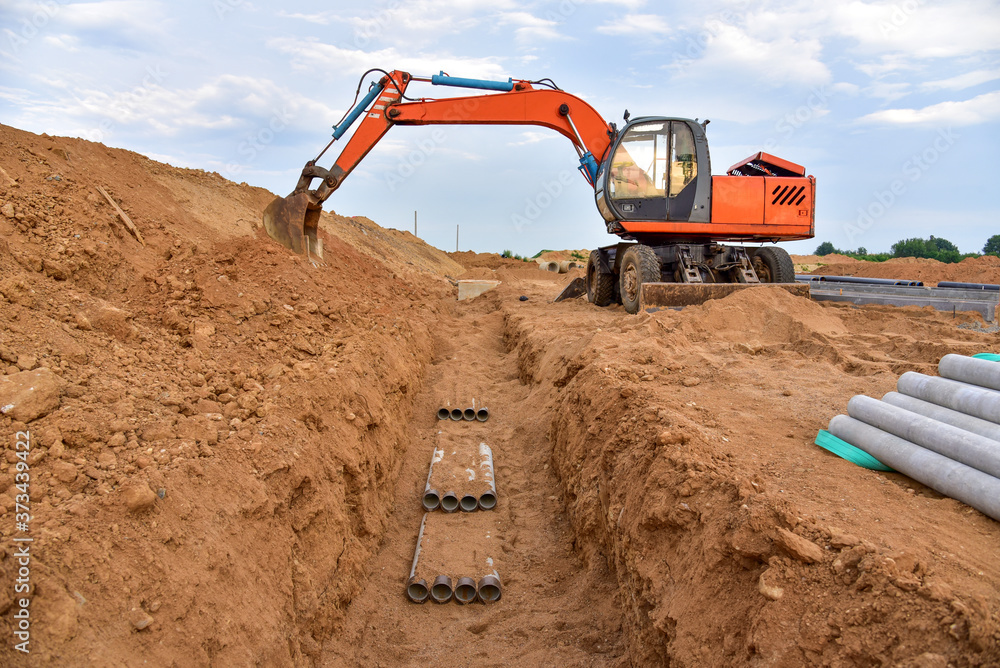

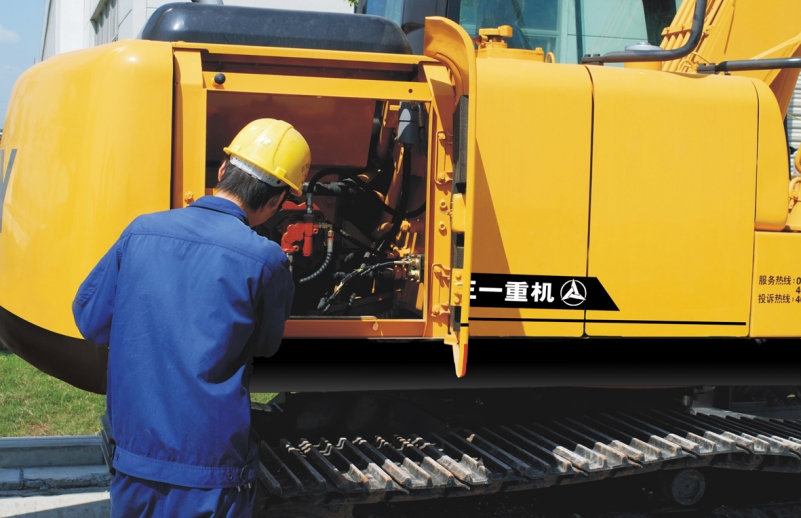
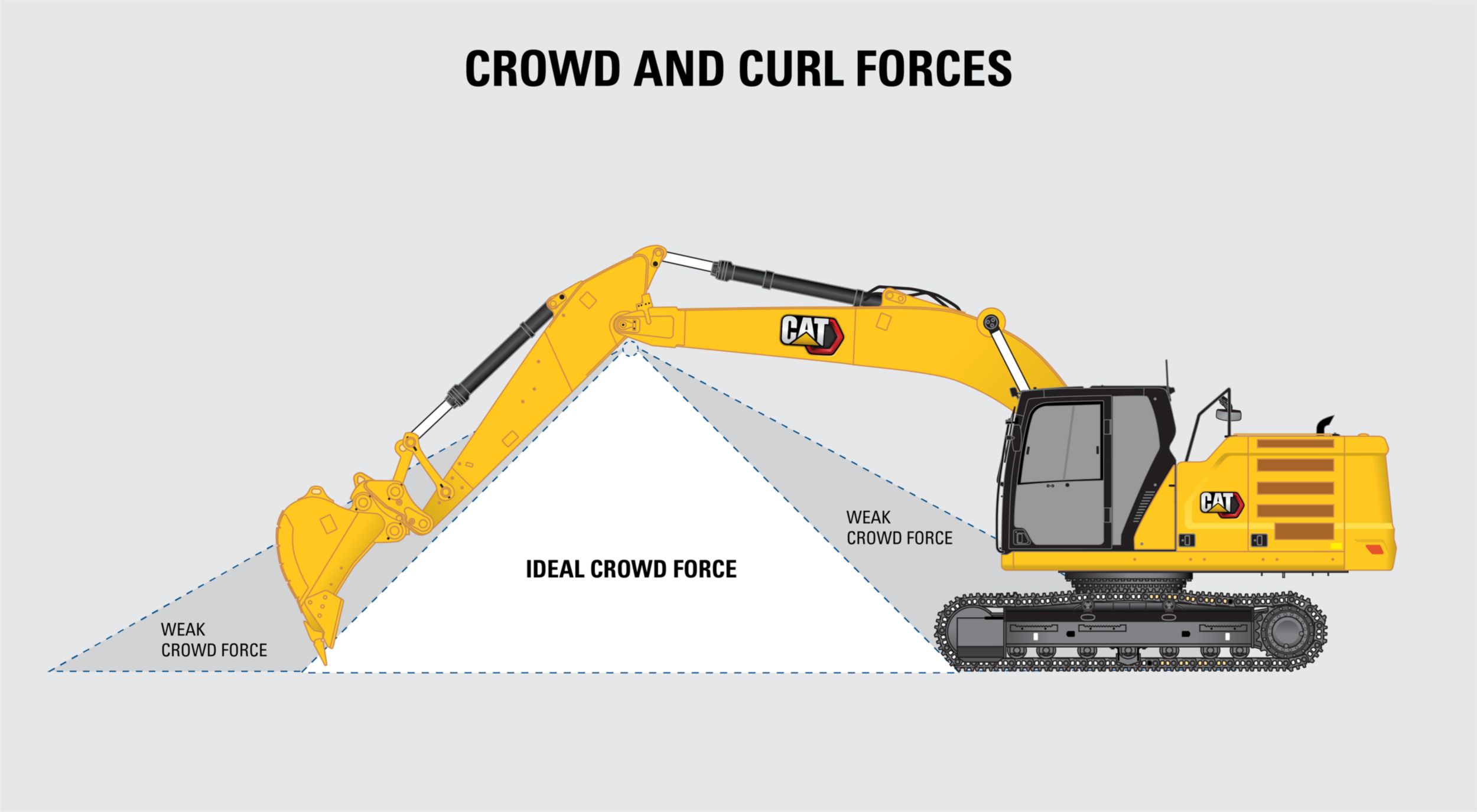
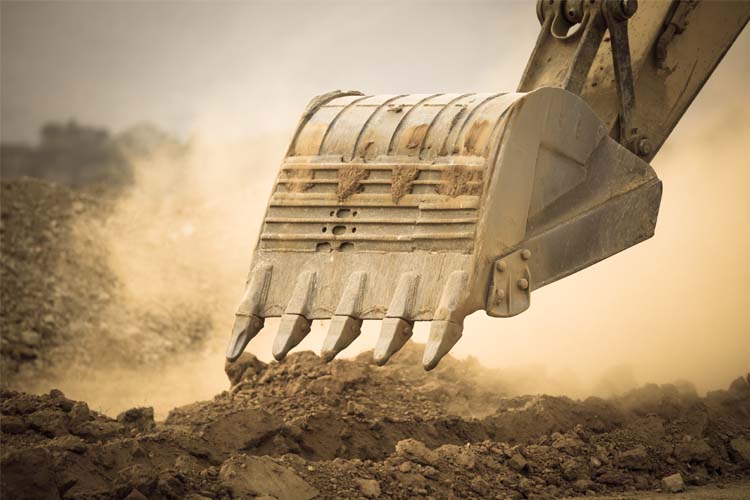
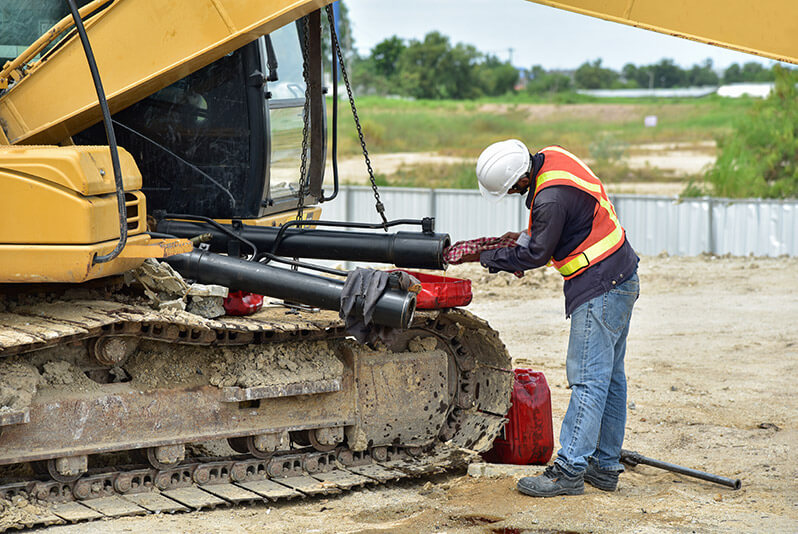

Leave a Reply